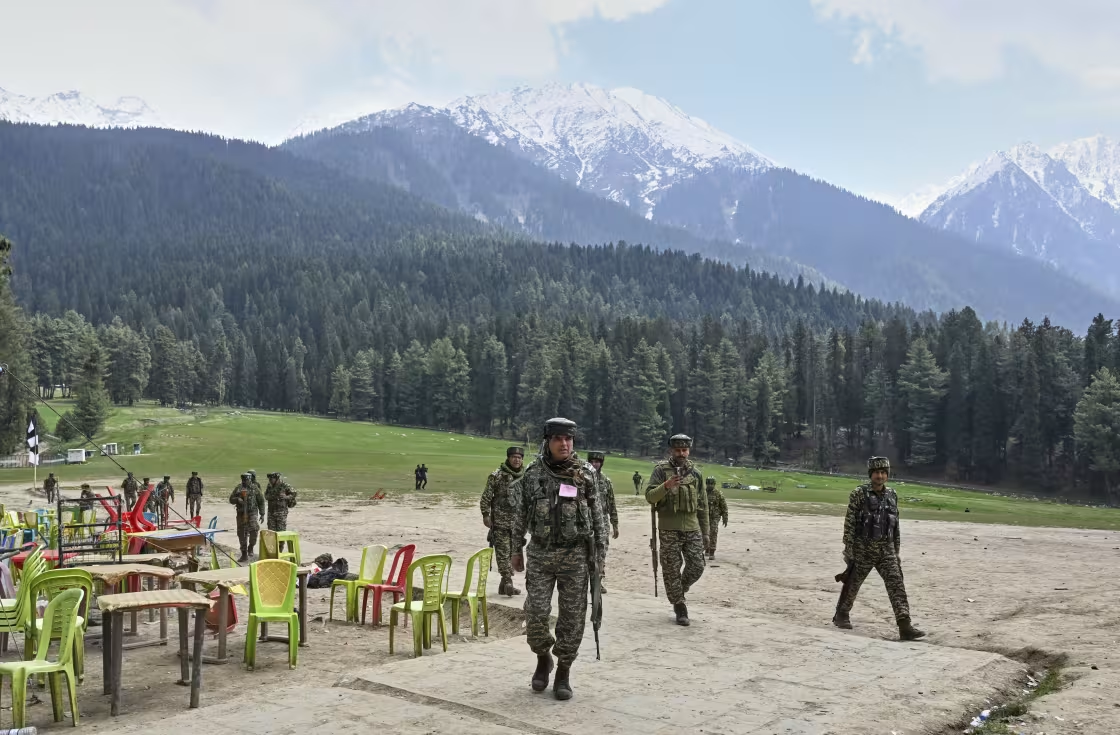What happened?
On May 7, 2025, India launched “Operation Sindoor,” a series of precision missile strikes targeting nine locations in Pakistan and Pakistan-administered Kashmir. The strikes were aimed at camps linked to militant groups such as Jaish-e-Mohammed (JeM), Lashkar-e-Taiba (LeT), and Hizbul Mujahideen (HM), which India accused of orchestrating a deadly attack on tourists in Pahalgam, Kashmir, on April 22 that killed 26 people.
Why did India attack?
India stated the strikes were a direct response to the Pahalgam terror attack, which Indian intelligence linked to Pakistan-based groups. Indian officials emphasized that the operation targeted only terror infrastructure, not civilian or economic sites, and was carried out with precision to minimize collateral damage.
Pakistan’s response
Pakistan condemned the strikes as an “act of war” and vowed retaliation, claiming to have already shot down several Indian jets and struck back at Indian military targets. Both sides have reported casualties, and the situation remains tense, with fears of further escalation.
Significance
This is the most severe military exchange between the nuclear-armed neighbors in decades, prompting urgent calls for restraint from the international community. The operation marks a significant escalation in the long-standing conflict over Kashmir, with both countries trading diplomatic and military actions.
Key sites targeted
Indian strikes hit major militant training camps, including those in Bahawalpur (JeM headquarters), Muridke (LeT), and Muzaffarabad (HM), among others. Notably, Jaish-e-Mohammed chief Masood Azhar claimed that 10 of his family members were killed in the strikes.
Current outlook
Both governments have signaled readiness for further action, but some analysts hope the crisis can be contained to reciprocal strikes without escalating into full-scale war. The situation remains highly volatile.






Leave a Reply